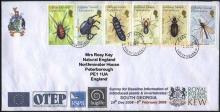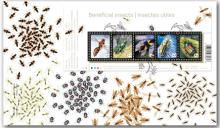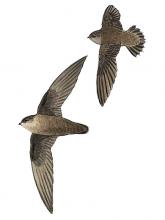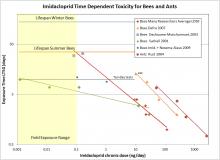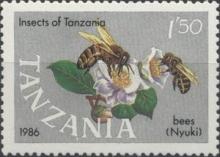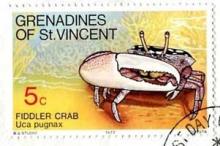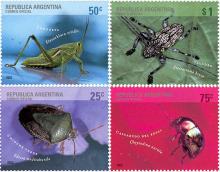Die Folge schleichender Vergiftung mit Neonicotinoiden wird in gängigen Tests nicht erfasst
Gerade erst sind die als bienenschädlich entlarvten Neonicotinoide in der EU zum Teil verboten worden. Jetzt haben Schweizer Forscher festgestellt, dass diese Insektizide entgegen bisherigen Annahmen auch für Kleinkrebse und andere Wassertiere giftig sind. Das Nervengift stört schon bei geringen Konzentrationen die Bewegung und Nahrungsaufnahme der Krebse. Hält die Pestizidbelastung länger an, verhungern sie daher. Diese Langzeitfolge wird von den gängigen Toxizitätstests nicht erfasst, weil diese nur die kurzfristigen Folgen prüfen, warnen die Forscher im Fachmagazin "PloS ONE".

